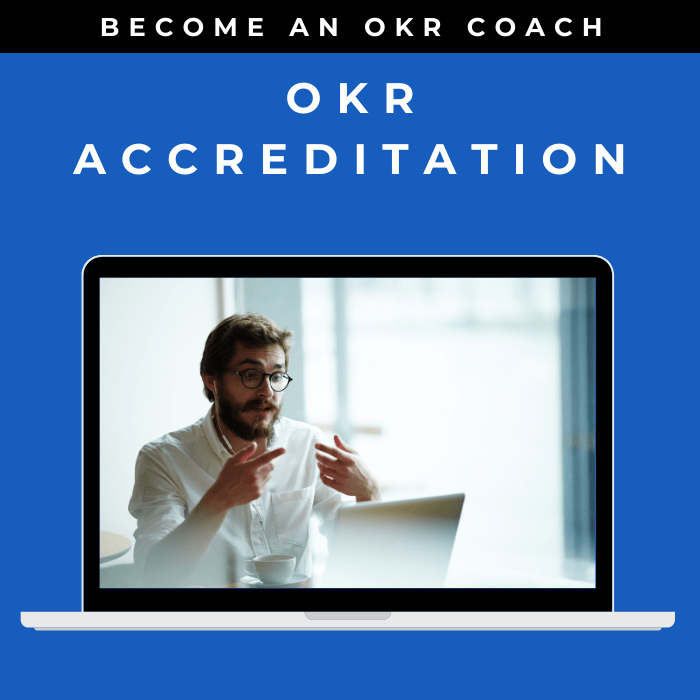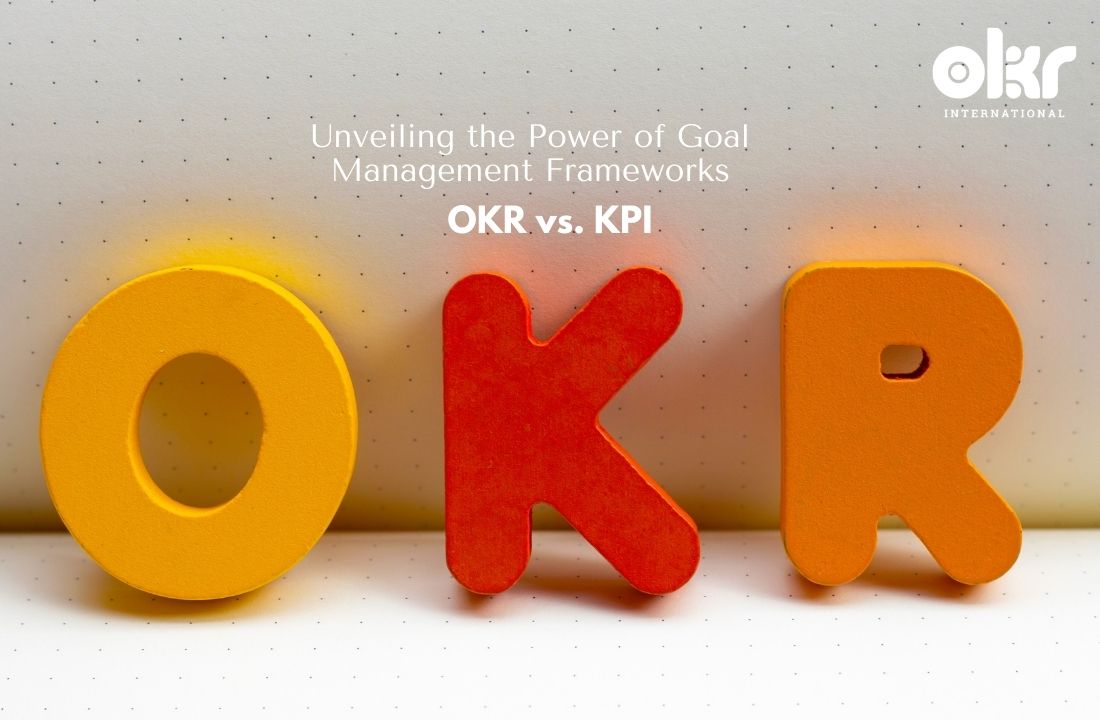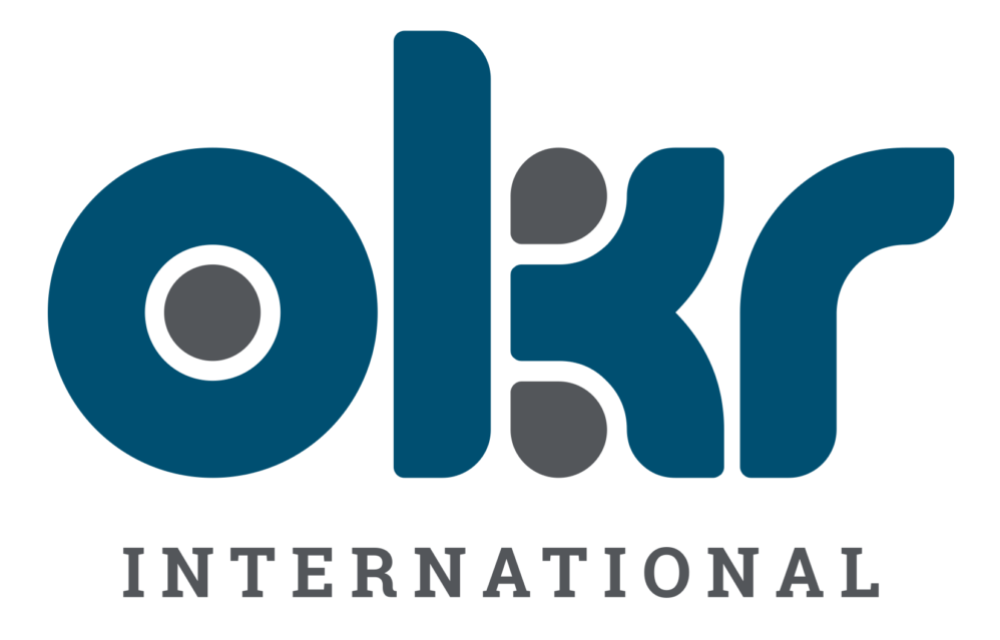OKR vs. KPI: Unveiling the Power of Goal Management Frameworks
In today’s dynamic business landscape, effective goal management is crucial for organizations to stay on track, achieve targets, and drive success. As companies strive to optimize their performance, they often come across two popular goal management frameworks: OKRs (Objectives and Key Results) and KPIs (Key Performance Indicators). While both frameworks aim to enhance organizational performance, they differ in their approach and application. In this article, we delve into the intricacies of OKRs and KPIs, exploring their strengths, differences, and how they can be leveraged to drive business growth.
Understanding OKRs: Focusing on Ambitious Objectives and Key Results
OKRs, pioneered by Intel and popularized by Google, have gained significant traction across industries for their ability to align organizational goals and drive high performance. OKRs are a goal-setting methodology that focuses on defining ambitious objectives and measurable key results to track progress.
Setting Ambitious Objectives
At the core of OKRs lies the concept of setting ambitious objectives that inspire and motivate teams to reach for exceptional outcomes. Objectives should be concise, inspirational, and time-bound, challenging individuals and teams to stretch beyond their comfort zones and strive for remarkable achievements.
Defining Measurable Key Results
Key Results serve as quantifiable milestones that track progress towards achieving the defined objectives. Key Results should be specific, measurable, achievable, relevant, and time-bound (SMART), allowing teams to gauge their performance and take necessary actions to stay on course.
The Power of Alignment and Transparency
OKRs foster alignment and transparency within organizations by cascading goals from top-level objectives down to individual contributors. This framework encourages cross-functional collaboration, as teams can align their objectives and key results to support broader organizational goals. By promoting visibility and accountability, OKRs facilitate a culture of transparency and empower individuals to make data-driven decisions that drive progress.
Unveiling KPIs: Measuring Performance Metrics for Success
While OKRs focus on driving growth through ambitious objectives, KPIs are performance metrics used to measure specific aspects of organizational performance. KPIs provide insights into how well an organization is progressing towards its strategic goals and can be applied across various departments and functions.
Identifying Key Performance Indicators
KPIs are chosen based on their relevance to the organization’s strategic objectives. These indicators should reflect the critical success factors that directly impact the organization’s overall performance. KPIs can vary across departments and industries, covering areas such as sales, marketing, finance, customer satisfaction, and operational efficiency.
Measuring Progress and Performance
KPIs serve as quantifiable measures that allow organizations to evaluate their progress and performance. By monitoring KPIs regularly, businesses gain valuable insights into their strengths, weaknesses, and areas requiring improvement. This data-driven approach enables informed decision-making and facilitates continuous improvement.
Aligning KPIs with Business Goals
To ensure the effectiveness of KPIs, it is essential to align them with the organization’s strategic goals. By establishing clear connections between KPIs and desired outcomes, companies can drive performance improvement initiatives and make data-backed adjustments to their strategies.
OKRs vs. KPIs: Bridging the Gap for Enhanced Performance
While OKRs and KPIs have distinct characteristics, they are not mutually exclusive. In fact, combining these two frameworks can unlock powerful synergies and lead to enhanced performance.
Complementing Objectives with Metrics
OKRs and KPIs can be used in tandem, with OKRs providing the overarching strategic direction and KPIs offering the specific performance metrics to measure progress towards those objectives. By setting ambitious objectives through OKRs and tracking performance with KPIs, organizations can strike a balance between long-term vision and short-term results.
Leveraging OKRs to Drive KPI Alignment
The OKR framework can also be leveraged to drive alignment and focus when defining KPIs. By aligning KPIs with the top-level objectives, companies ensure that the metrics measured directly contribute to the overall strategic goals. This alignment reinforces a clear line of sight between day-to-day activities and the organization’s broader vision.
Encouraging Collaboration and Innovation
Both OKRs and KPIs promote collaboration and innovation within organizations. OKRs foster cross-functional teamwork by encouraging departments and individuals to align their goals towards a shared vision. KPIs, on the other hand, provide objective data that enables teams to identify areas for improvement and explore innovative approaches to enhance performance.
Conclusion: Embracing a Holistic Approach to Goal Management
As organizations strive to optimize their performance, it is crucial to adopt a holistic approach to goal management. OKRs and KPIs provide distinct but complementary frameworks that empower businesses to set ambitious objectives, measure performance, and drive growth.
By implementing OKRs, companies can inspire individuals and teams to reach for exceptional outcomes, fostering alignment, transparency, and accountability. KPIs, on the other hand, offer quantifiable measures that enable organizations to track progress, identify areas for improvement, and make data-driven decisions.
To maximize the benefits of both frameworks, organizations should consider integrating OKRs and KPIs, leveraging the power of ambitious objectives and performance metrics to propel their success.
Remember, effective goal management is not a one-size-fits-all solution. Organizations must adapt these frameworks to suit their unique needs and continually iterate on their goal-setting processes. By embracing a data-driven, collaborative, and adaptable approach, businesses can unlock their full potential and achieve remarkable results.
Note: This article is intended to provide a comprehensive overview of OKRs and KPIs. For specific guidance on implementing these frameworks within your organization, it is advisable to consult with experts or industry professionals who can tailor the approach to your unique circumstances.
Explore Our Range of Services
Bring OKRs (Objectives and Key Results) to your organisation with our tried & tested OKR Framework.


OKR International’s highly acclaimed Certified OKR Practitioner Program is the first and only OKR accreditation endorsed by ICF & HRCI for continuing education units.
OKR International helps leaders create the alignment, engagement and result orientation needed for growth by offering OKR Advisory services.




